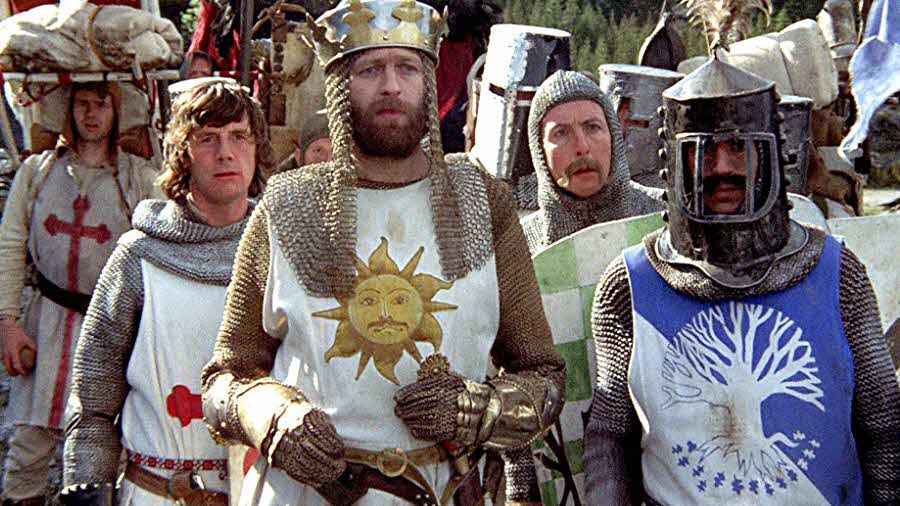The Holy Grail of TV Advertising – Are You Missing Out?

Digital advertising is exploding across screens. The associated growth of digital attribution models used to measure performance has led to the idea that linear TV advertising is not as effective as it once was. However, TV IS still driving sales. I see it every day and I experience it myself in my own purchase decisions. Linear TV advertising is still the most effective way to reach consumers at scale, is proven to be a major sales driver and is the fuel for lower funnel conversion activity.
A recent study published by Neustar found that for a $1 million investment, TV's lift is consistently seven times better than paid search and five times better than online display advertising. That’s pretty significant, and as such, it’s top of mind for advertisers to make sure they are leveraging TV advertising to increase their sales.
Direct attribution – especially for linear TV – has always been tough to achieve, but it’s not impossible. In fact, I posit that the “Holy Grail” of TV advertising is finally upon us, and advertisers can (and should) plan, manage and measure TV with the precision traditionally expected of digital screens.
Here I outline the top three things you should incorporate into your advertising strategies if you want to achieve the “Holy Grail” in TV advertising.
1. Greater TV Advertising Automation
Automation in TV is fairly new. Many in the business aren’t even aware it’s being done. It definitely can and is being achieved by leading players in our space, but very few have true clarity on what can be done and how best to apply it. As companies continue to innovate and advance, we’re going to start seeing automation in TV advertising being implemented more and more.
So, why is it important? Automation is especially important in that it brings additional data to TV. With the amount of data that is being applied to TV advertising, it would take ages to process it without using technology. Automation speeds up the entire TV advertising process, allows for the creation of custom strategic targeting – leading to more accurate targeting, provides in-depth reporting and also allows for increased transparency and control.
2. Linking Your Digital Investments to Your TV Investments
Once you’ve applied the data to your investments, you can link it across screens. As an advertiser looking to target specifically on TV, you know how important it is to invest in both TV and digital advertising, but do you realize the importance of linking both investments together?
Just last year, the Advertising Research Foundation (ARF) released an in-depth research study analyzing the state of advertising, based on over 5,000 campaigns, 12 years of data, $375B in advertising spend in 41 countries, across over 100 categories. The study revealed that spending across multiple platforms delivers greater ROI than any single platform. And in turn, the study found that "silo-investing" – too much frequency via a single platform—can lead to diminishing returns.
It’s important to link your digital investments to your TV investments; doing so will allow you to measure how your digital investment is performing, and then use that data to better inform your TV strategy – ultimately, having both investments working more closely together. As an advertiser, you should start tagging your campaigns on digital to see who is converting online, then utilize that data to focus your TV buying strategy. Linking both investments together yields the best results time and time again.
3. Closed-loop Attribution Across TV and Digital
Now this is arguably the biggest piece of the pie in achieving the “Holy Grail” in TV advertising. The ability to identify which TV ads drove conversions, is a concept many advertisers don’t even realize exists, but it’s here. For example, pixeling your website to understand conversions and activities can be directly tied back to TV’s exposure, showing us what’s most effective in driving consumer engagement.
To determine the true ROI of your advertising, it’s critical to measure your investments holistically across devices. In other words, closing the loop on attribution across your TV and digital investments to ensure that they are truly measuring how TV is contributing to overall performance; then, combine the results for true measurement, using a common metric. This is the only way to see what your advertising campaigns are really achieving, and in turn, improve your marketing strategy in future campaigns.
In conclusion, the “Holy Grail” of TV advertising is here, and if you want to see the best results possible for your advertising campaigns, employ an easy-to-use automated solution, link digital investments to TV investments, and execute closed-loop attribution across TV and digital. This will ensure your TV campaigns are working as hard as they can, and you’re seeing measureable, actionable results.
And remember, the path to the Holy Grail is iterative so you have to start somewhere. Every brand is different, and each has a different objective. The process to getting there won’t be perfect or cookie cutter, but just starting to innovate is a step in the right direction. If you’re waiting for perfection you’ll be late to the game.
Christa Rimonneau is senior VP, agency & advertiser, at advanced advertising software firm Videology.
Broadcasting & Cable Newsletter
The smarter way to stay on top of broadcasting and cable industry. Sign up below
